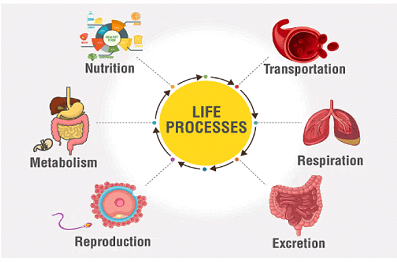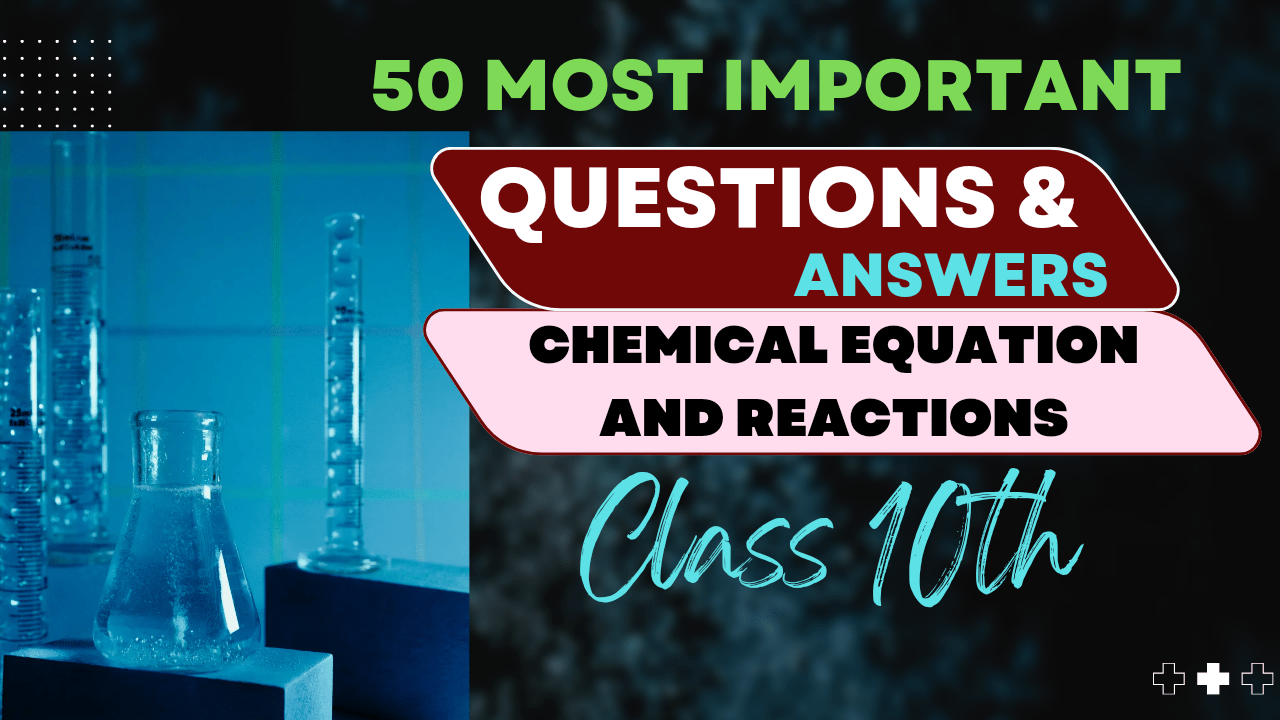Action of Acids on Metals
Understanding how metals react with acids – A comprehensive guide for students
Introduction
The reaction between metals and acids is an essential topic in chemistry that frequently appears in exams. When metals react with acids, they generally produce a salt and hydrogen gas. However, not all metals react with acids in the same way. In this blog post, we’ll explore how different metals react with various acids, the factors that influence these reactions, and the practical applications of these chemical processes.
General Reaction Pattern
The general reaction between a metal and an acid can be represented as:
For example, when zinc reacts with hydrochloric acid:
Key Point to Remember
The reactivity of a metal with acids depends on its position in the reactivity series. The more reactive the metal, the more vigorously it reacts with acids.
Factors Affecting Metal-Acid Reactions
Position in Reactivity Series
Metals above hydrogen in the reactivity series (K, Na, Ca, Mg, Al, Zn, Fe, Pb, etc.) can displace hydrogen from acids to form salts, while metals below hydrogen (Cu, Ag, Au, Pt) generally do not react with dilute acids.
Concentration of Acid
Higher acid concentration typically leads to faster reaction rates. However, with concentrated strong acids, additional reactions may occur, including oxidation of the metal.
Reactions of Specific Metals with Acids
| Metal | Reaction with HCl | Reaction with H2SO4 (dilute) | Reaction with HNO3 (dilute) |
|---|---|---|---|
| Potassium (K) Sodium (Na) |
Extremely vigorous reaction, may ignite | Extremely vigorous reaction, may ignite | Extremely vigorous reaction with production of nitrate |
| Magnesium (Mg) Calcium (Ca) |
Rapid reaction with H2 evolution | Rapid reaction with H2 evolution | Reacts to form nitrate, H2 and nitrogen oxides |
| Aluminum (Al) | Moderate reaction (once oxide layer removed) | Moderate reaction (once oxide layer removed) | Passivated by nitric acid (forms protective oxide layer) |
| Zinc (Zn) | Moderate reaction | Moderate reaction | Forms zinc nitrate and nitrogen oxides, no H2 |
| Iron (Fe) | Slow reaction | Slow reaction | Very dilute: slow reaction Concentrated: passivated |
| Lead (Pb) | Very slow reaction | Almost no reaction (forms insoluble PbSO4 coating) | Reacts to form lead nitrate |
| Copper (Cu) | No reaction | No reaction with dilute Reacts with concentrated (hot) |
Reacts to form copper nitrate and nitrogen dioxide |
| Silver (Ag) Gold (Au) |
No reaction | No reaction | No reaction with dilute Slow reaction with concentrated |
Detailed Examples of Metal-Acid Reactions
Zinc with Hydrochloric Acid
When zinc metal is added to hydrochloric acid, zinc chloride and hydrogen gas are formed:
Observation: Bubbles of hydrogen gas are released, and the zinc gradually dissolves. The solution warms up (exothermic reaction).
Magnesium with Sulfuric Acid
Magnesium reacts vigorously with dilute sulfuric acid to produce magnesium sulfate and hydrogen:
Observation: Rapid bubbling occurs as hydrogen is released. The magnesium ribbon disappears quickly, and significant heat is produced.
Iron with Hydrochloric Acid
Iron reacts more slowly with hydrochloric acid:
Observation: Slow bubbling of hydrogen gas, the solution gradually turns pale green due to the formation of iron(II) chloride.
Copper with Nitric Acid (Special Case)
Copper does not produce hydrogen with acids but reacts with nitric acid differently:
Observation: Brown gas (nitrogen dioxide) is released, and the solution turns blue as copper(II) nitrate is formed. No hydrogen is produced.
Special Cases: Concentrated Acids
Concentrated Sulfuric Acid
With concentrated H2SO4, the reaction is different. It acts as an oxidizing agent rather than just a proton donor. For example, with copper:
This produces sulfur dioxide gas rather than hydrogen.
Concentrated Nitric Acid
Concentrated HNO3 is a strong oxidizing agent. Even relatively unreactive metals like copper and silver will react with it, producing nitrogen dioxide instead of hydrogen:
The more concentrated the nitric acid, the more likely NO2 is formed instead of NO.
Practical Applications
Laboratory Applications
- Production of hydrogen gas for experiments
- Preparation of metal salts for various chemical tests
- Activity series demonstrations
- Identifying unknown metals based on reaction rates
Industrial Applications
- Metal pickling: removing oxide layers using acids
- Production of metal salts for industrial use
- Recovery of metals from waste materials
- Hydrogen production for industrial processes
Exam Tips: Common Questions and Answers
Practice Questions
Q1: Why doesn’t copper react with dilute hydrochloric acid?
Answer: Copper is below hydrogen in the reactivity series, so it cannot displace hydrogen from acids. It lacks sufficient reactivity to donate electrons to H+ ions in the acid.
Q2: What gas is produced when zinc reacts with dilute sulfuric acid?
Answer: Hydrogen gas (H2) is produced according to the equation: Zn(s) + H2SO4(aq) → ZnSO4(aq) + H2(g)
Q3: Why does nitric acid behave differently from other acids in its reaction with metals?
Answer: Nitric acid is a strong oxidizing agent as well as an acid. Instead of producing hydrogen gas, it typically oxidizes the hydrogen to water while itself being reduced to nitrogen oxides (NO or NO2).
Summary: Key Points to Remember
- The general reaction between a metal and an acid is: Metal + Acid → Salt + Hydrogen
- Only metals above hydrogen in the reactivity series can displace hydrogen from acids
- The reactivity decreases in this order: K > Na > Ca > Mg > Al > Zn > Fe > Pb > H > Cu > Ag > Au
- The more reactive the metal, the more vigorous its reaction with acids
- Nitric acid is an exception – it typically produces nitrogen oxides instead of hydrogen
- Concentrated sulfuric acid acts as an oxidizing agent, producing sulfur dioxide with some metals
- The products of metal-acid reactions are metal salts and gases (usually hydrogen)
- Temperature, surface area, and concentration affect the rate of metal-acid reactions



